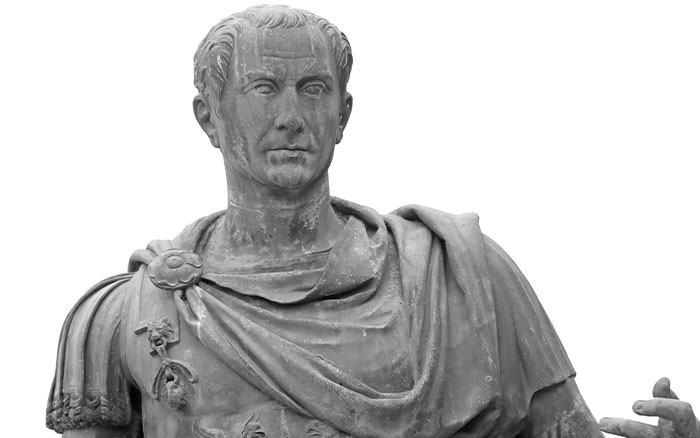Making your ample harvest last longer is easy with a few preservation ideas. Find out how to pickle your fruits and vegetables to make them last longer.
Why should you pickle foods?

Pickling foods makes them last an extremely long time. Also, it adds a new tangy flavour to your meals. The acidity of vinegar kills any microbes that may cause rotting, making the fruit or vegetable last a lot longer.
Preserving foods by pickling can be dated back as far as 2400 BCE, by the ancient Mesopotamians. They started the process by soaking cucumbers in acidic brine to make them go further. And the process has continued through the ages. Queen Cleopatra gave the credit of her health and beauty to a steady diet of pickled foods. Julius Caesar encouraged his armies to eat them for strength. The variety and development of this method of preserving foods has only grown and increased in popularity since.
What can you pickle?
The short answer is pretty much anything. It’s extremely versatile in terms of options, giving you plenty of scope for your harvest. Most vegetables are perfectly suited to pickling, and some fruits too. A classic favourite is cucumber, which you could either pickle whole or as slices to add to a salad. Beetroot, carrots, tomatoes, onions, cabbage, and beans also become delicious to enjoy too.
Some foods you may not have considered pickling include watermelon rind, radishes, and even delicious berries like blueberries and cherries. Try out as many different fruit and vegetables as you like and see what the results are.




How to pickle
The process and flavours you add can slightly differ depending on what it is you are pickling. But you can’t go too far wrong no matter what you do, so experiment with a few different flavours and styles.


Leave A Comment